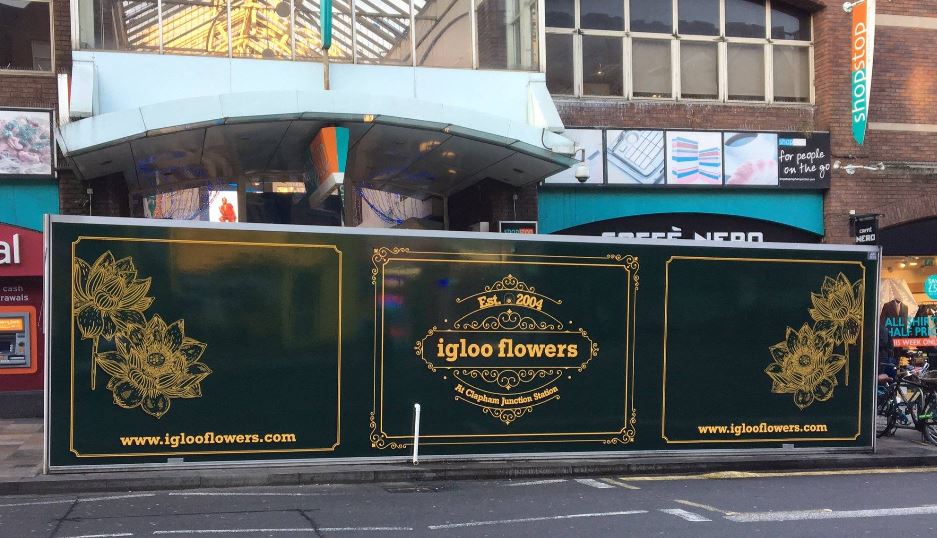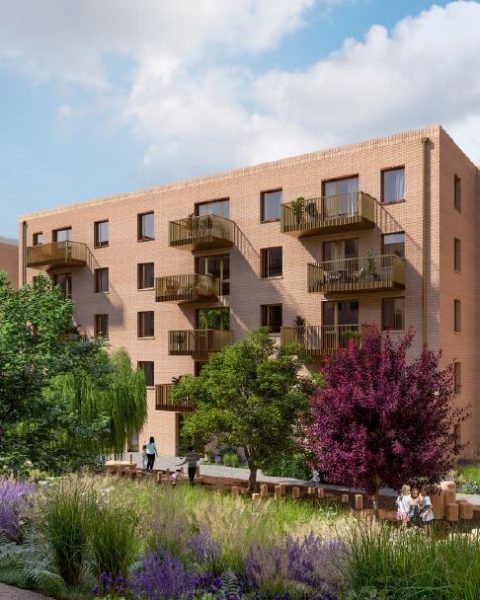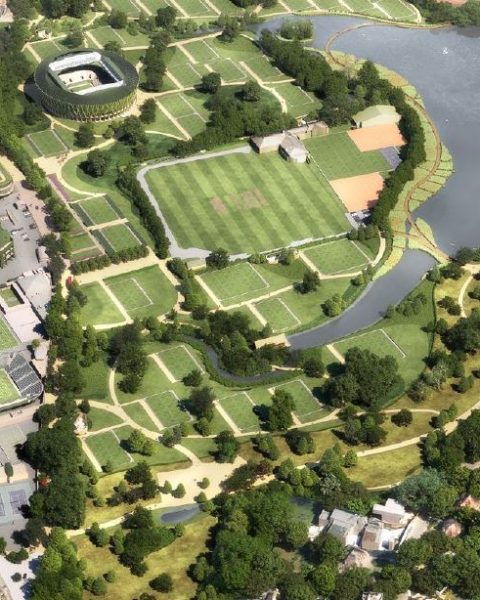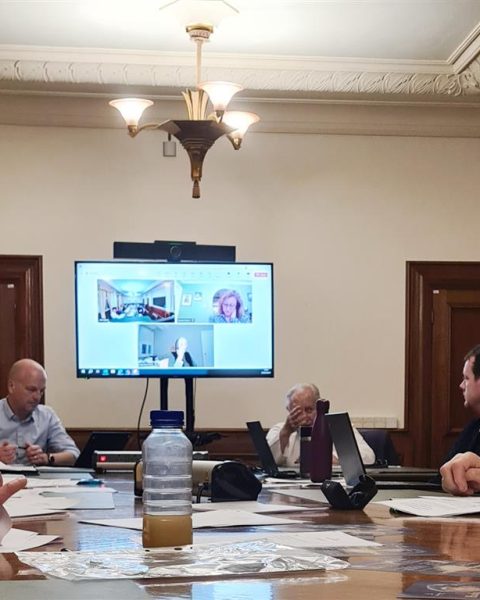Over the summer, the Planning Applications Committee approved several items, including a temporary license for a flower stall outside Clapham Junction Station and minor alterations to the Riverside Business Centre. The committee also agreed to authorize enforcement action to return a basement flat at 310 Queenstown Road to its original use.
The summer months are typically quiet in terms of planning applications. Some developers try to push through projects during this period, believing they will face less scrutiny (a trend also seen in December). Generally, however, the Council attempts to postpone important decisions.
Despite the usual lull, there were some interesting applications discussed in August, particularly relevant to residents of Battersea and Clapham Junction. Notable among these were the decision regarding the well-known flower stand in front of Clapham Junction train station entrance and an enforcement case on Queenstown Road.
Flower Stall, Clapham Junction Station
Nearly a year ago, the Flower Stall outside Clapham Junction station on St. John’s Hill submitted a planning application for a newly designed kiosk. The proposed structure was slightly smaller than the current one (8 meters instead of 10 meters and 14 sqm instead of 22 sqm) with a trapezoid shape. The main purpose was to request permanent permission for the structure, as previously only a temporary 5-year condition had been granted.
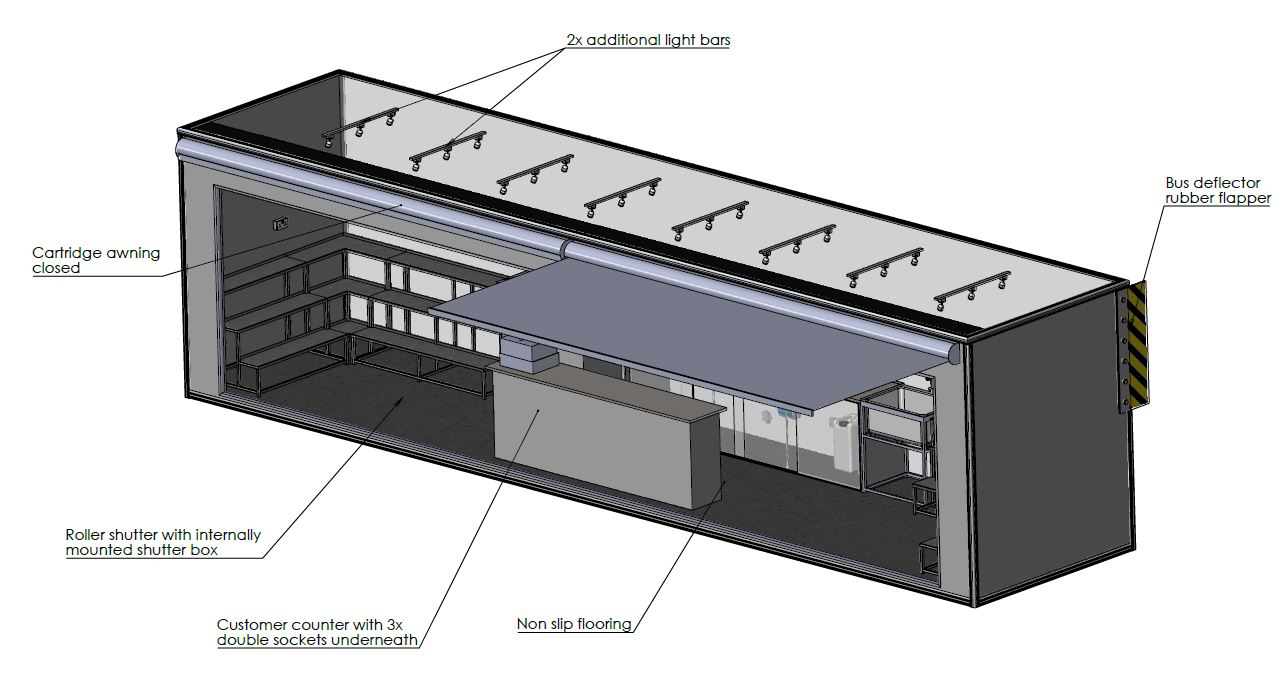
Although most respondents don’t dispute having a flower stand at Clapham Junction station, many people disagree with its current location. The planning officers themselves had recommended refusal in the past.
The Igloo Flower stall currently pays street trading charges and business rates to Wandsworth Council. A new location could potentially be found in the vacant premises surrounding the station (many premises have changed within the last two years in the immediate vicinity of the station, the latest being Fat Phill’s burgers). A place inside ShopStop might also be explored.
The Committee acknowledged that the stall was well-used; however, they also highlighted once again that it was situated in the wrong location. Its position made it difficult for people to meet outside the station and cluttered the street scene.
Therefore, while the officers recommended continuing the temporary 5-year license, the Councillors decided to reduce it to 2 years on a motion by Conservative councillor Humphries, seconded by Councillor Govindia (4 votes for, 2 against, and 1 abstention).
There has been a consistent presence of a flower stall at this location for the last 30 years, but without proper consideration, especially from the owner, to find a more suitable site. It’s likely that the same request will come before the committee again in a few years. By granting only a two-year permission, the Committee intends to send a clear message to the applicant to find a better solution regarding the permanent location of this business.
310 Queenstown Road

The committee discussed an enforcement case relating to the conversion of a dwelling house into four self-contained flats at 310 Queenstown Road. Interestingly, Queenstown Road features matching terraced houses on either side, with comparable conversion styles. These basement apartments are not unique in the North Battersea area, as similar properties can be found throughout the neighborhood.
The owner of the property had converted the house into flats without planning authorization. The case was only brought to the Council’s attention because the owner decided to apply for a certificate of lawfulness for a basement flat, which was refused on the grounds that the flat was vulnerable to flooding.
In these circumstances, the Council’s planning enforcement team can take action to require the owner to return the property to its original state. Enforcement action is not automatic simply because works are in breach; any action must be proportionate to the severity of the breach and clearly in the public interest.
In this case, it was decided that the ground, first, and second floor flats would be acceptable in planning terms if the owner wished to submit a retrospective planning application. This decision was made to avoid evicting the current tenants of these flats if the property were to be returned to a single-family dwelling.
However, due to its location in a flood zone, the basement flat was considered fundamentally unacceptable in principle. The Committee agreed unanimously with the officer’s recommendation to take enforcement action.
The Council suggested that the owner could incorporate the basement space with the ground floor unit to create a single, larger maisonette, provided no bedrooms were included at the basement level. To mitigate the impact on existing tenants, a period of 6 months is given for them to evacuate the flat and find new accommodation. This would also provide the owner with sufficient time to submit proposals for the basement and ground floor flat if they wished to consider this option.
Car Parking Spaces West of 85 Swaffield Road
This application, located in the Wandle valley beside Garratt Lane, is a bit outside the usual perimeter of Clapham Junction but is worth noting. It should be viewed in the context of the much larger regeneration site on Garratt Lane that we discussed a few months ago. The new development will be built beside the new health centre currently under construction.

The committee approved an application to develop 9 houses and flats on a car parking space on Swaffield Road.
Many residents of Earlsfield House, the property beside the car park, expressed concerns that they explicitly purchased a car park space with their leasehold and that the proposal seemed flawed. However, a basement car park will be provided for those residents in the new development with 11 spaces to honor the existing leaseholders’ rights of Earlsfield House (though users will have to pay a fee to fund the maintenance of the car park). There is no car parking provided for the new development (however, because it is less than 10 units, residents won’t be excluded from using the available spaces on the road and can apply for controlled parking zone permits).
There were also concerns about the impact of the development on trees on Oakshaw Road, the distance between the proposed townhouses and flats, and the adequacy of a new pathway that will be provided.

It must be noted that the Chair of the Committee raised concerns about the size and design of one of the houses, stating that “it’s actually a greedy development to have something which is so cramped in its living area.” However, the motion to defer on that basis was lost.
Wandsworth Labour’s 2022 manifesto pledged to give residents a vote on regeneration schemes that involve demolition:
“We will introduce a residents’ ballot on regeneration schemes that include demolition” – Wandsworth Labour manifesto 2022.
Although this application involves the loss of parking spaces, it does not involve the demolition of homes, so a ballot would not be required in this instance.
Comments on those planning applications have been made with the help of the OpenCouncil reports on Wandsworth Planning Committee.


